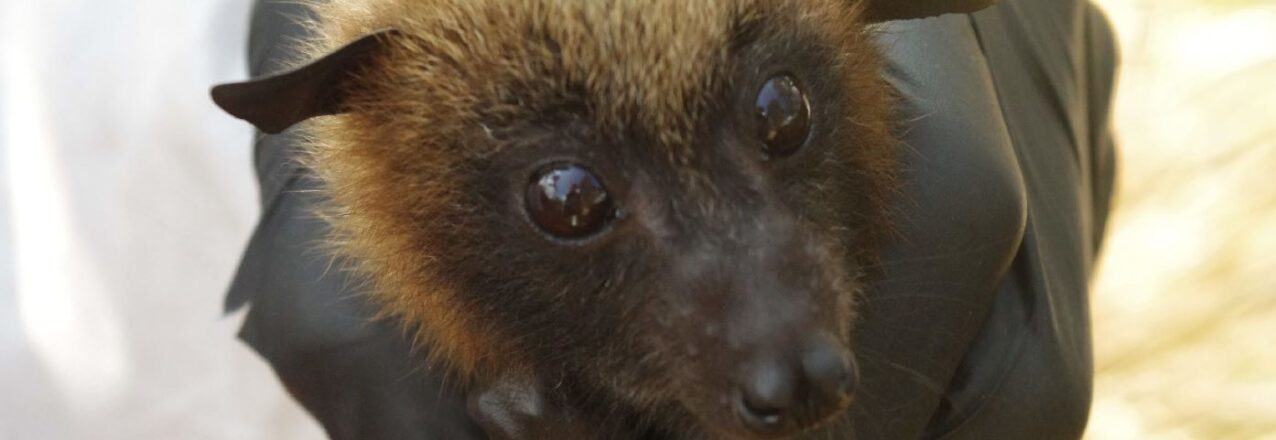A Review and Recommendations for Applied Research
The far-reaching impacts of the COVID-19 pandemic highlight the urgent need to understand and mitigate future zoonotic disease emergence. Zoonoses are diseases caused by pathogens that spread from animals to humans; ‘spillover’ is the process of cross-species pathogen transmission; and zoonotic spillover describes cross-species pathogen emergence from animal to human hosts. Over the past century, three out of every four emerging or reemerging infectious diseases in humans have been zoonotic in origin, and probably more. Zoonotic pathogens pose an ongoing and significant health and economic burden—as underscored by the COVID-19 pandemic. As of writing the SARS-CoV-2 virus has killed more than 3 million people and shut down the global economy, pushing millions of people into extreme poverty. SARS-CoV-2 is only one of several recent zoonotic viruses, which have resulted in large human outbreaks and caused significant impact on human livelihoods across the globe. As evidenced by the emergence and reemergence of SARS, MERS, Ebola, Chikungunya, and Zika viruses within the past half-century, pandemics are not once-in-a-century events, and the next pandemic-causing pathogen will likely originate in animal species.
Forest disturbance and land conversion can significantly increase risk for zoonoses in the months and years following change, but these risks may be possible to mitigate through integrated One Health programs and policies. Preventing emerging zoonoses in changing landscapes can provide simultaneous benefits to biodiversity conservation and public health. By addressing gaps in knowledge of the ecological and sociological drivers of zoonoses, we can inform effective interventions to prevent zoonoses and target disease surveillance. We build on previous research and draw on expertise from global health, land and resource governance, conservation, disease ecology, virology, forest economics, and other disciplines to synthesize gaps in understanding of viral zoonotic risk and quantify and evaluate the impacts of interventions aimed to mitigate viral zoonotic emergence at the human-environment interface.
Land use change is a key driver of zoonotic emergence. Conversion of natural habitat leads to biodiversity loss, changes in the distribution of zoonotic host species, and increased human-wildlife contact, all of which have cascading health consequences for humans and communities. Research has shown that intermediate levels of land conversion are likely to pose the highest risk to humans, but this risk is conditional on pathogen traits and the animal host communities that remain in these converted landscapes. Land use change is a dominant feature of landscapes globally and negative consequences of these changes will disproportionately affect already marginalized communities. There is an urgent need to: 1) identify landscapes, present and future, at greater risk of zoonotic disease emergence and 2) understand the mechanisms that drive this risk in changing landscapes in order to design more effective interventions.
This report derives from a March-May 2021 workshop series under the USAID Integrated Natural Resource Management (INRM) program, with participation by USAID and outside experts from across disciplines. Based on findings from the workshop, this report reviews the latest science across disciplines and proposes specific activities and applied research questions. The COVID-19 pandemic has underscored the importance of zoonoses prevention and mitigation. Global health and medical experts, veterinarians, and environmentalists advocate for a ‘One Health approach’ to zoonoses—which integrates human, animal, and environmental health science to address mechanisms underlying pathogen transmission at the animal-environment-human interface. This report was prepared in the spirit of One Health.


